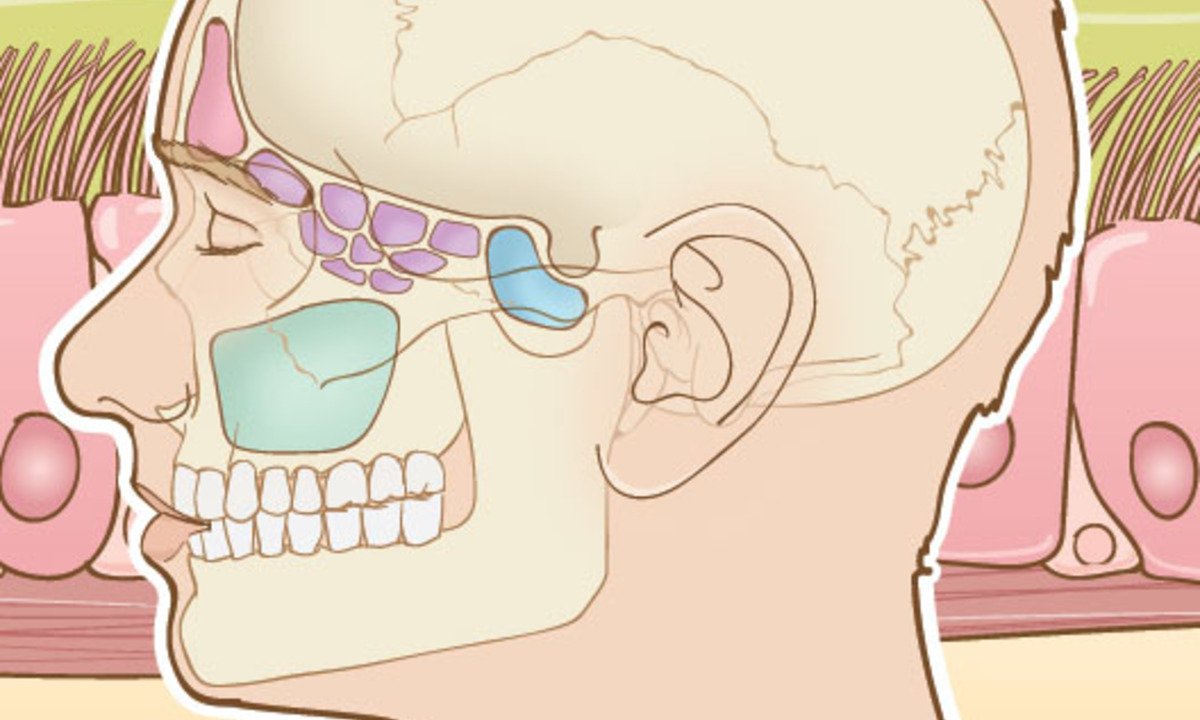GRATIS
Acute and Chronic Rhinosinusitis: A Comprehensive Review
Acerca de este curso
- CME Information, Accreditation
- Introduction
- Module 1: Normal Sinus Anatomy and Function
- Dr. Govindaraj of the Department of Otolaryngology – Head and Neck Surgery at the Icahn School of Medicine at Mount Sinai, describes an overview of the normal sinus anatomy and function. Illustrated images and CT scans are used to review the anatomy of the paranasal sinuses. The microscopic appearance of the sinus mucosa is reviewed, utilizing dynamic multimedia to enhance the viewer’s understanding. The module concludes with a review of the various sinus drainage pathways. Upon completion of this activity, participants will be able to: a) Describe the normal anatomy of the sinuses. b) Describe normal sinus function. c) Assess the importance of mucociliary function.
- Module 2: Acute Rhinosinusitis: Diagnosis and Treatment
- In this module about acute sinusitis Dr. Govindaraj will focus on diagnosis and management. This will help you distinguish between acute bacterial from viral rhinosinusitis. The bacterial pathogens responsible for acute sinusitis are covered in-depth, as well as when antibiotic therapy can be withheld in select cases. In addition, the current Academy Guidelines for the management of acute sinusitis are reviewed, focusing on the diagnostic criteria, as well as evidence-based management of this disease process. Upon completion of this activity, participants will be able to: a) Explain difference between acute and chronic rhinosinusitis. b) Appropriately diagnose acute and chronic rhinosinusitis. c) Recognize the proposed pathogenesis of acute and chronic rhinosinusitis.
- Module 3: Chronic Rhinoinusitis: Diagnosis and Treatment
- Dr. Govindaraj focuses on the diagnosis and management of chronic rhinosinusitis. The diagnostic criteria is reviewed and compared to acute sinusitis which will help to clearly distinguish between these two entities. Associated disorders that predispose patients to chronic sinusitis are discussed, as well as the diagnostic evaluation that should be performed in the workup of these patients. The role of systemic and topical therapies is also reviewed. Additionally, the current Academy Guidelines are covered in-depth, as well as the evidence-based medical management of this disease process. Upon completion of this activity, participants will be able to: a) Identify the causative agents for acute and chronic rhinosinusitis. b) Assess the medical management of acute and chronic rhinosinusitis. c) Evaluate the recommended antibiotic choices for acute and chronic rhinosinusitis
- Module 4: The Role of Surgery for Sinusitis
- We will focus on the role of surgery and the management of refractory acute and/or chronic rhinosinusitis. We hope you will appreciate the potential benefits offered by sinus surgery, as well as the indications to pursue this treatment modality. The latter half of this module is geared toward the general otolaryngologist, who performs sinus surgery. The necessary preparation and steps of the procedure are reviewed, as well as important anatomic landmarks during surgical dissection. Short video segments are used in order to enhance the viewer’s understanding. Themodule concludes with a brief discussion of the potential complications associated with sinus surgery. Upon completion of this activity, participants will be able to: a) Identify the indications for sinus surgery. b) Assess the potential complications of endoscopic sinus surgery. c) To perform and recognize the components of an endoscopic sinus surgery.
- Activity Evaluation
- All learners are urged to complete an evaluation. Your comments are essential for improving the effectiveness of Icahn School of Medicine at Mount Sinai’s continuing medical education activities.
Cursos relacionados

GRATIS Aprendiendo a aprender: Poderosas herramientas mentales…
Deep teaching solutions
Español

GRATIS Programación para todos (Introducción a Python)
University of Michigan
Inglés

GRATIS The Science of Well-Being
Yale
Inglés

GRATIS Negociación exitosa: Estrategias y habilidades esenciales
University of Michigan
Inglés

GRATIS Primeros Auxilios Psicológicos (PAP)
Universitat Autónoma de Barcelona
Español

